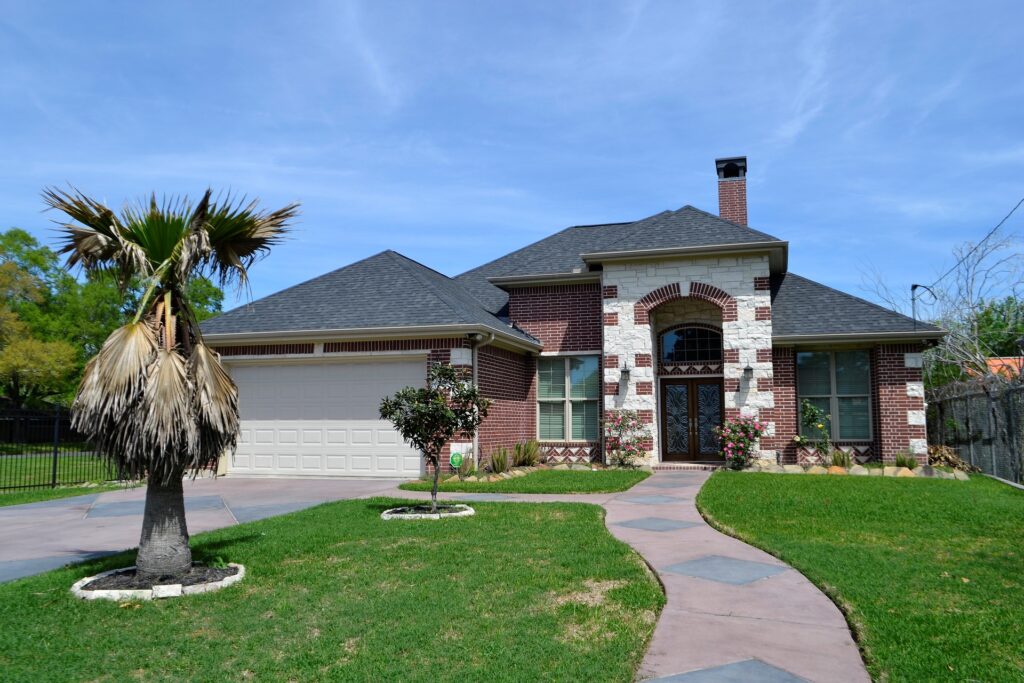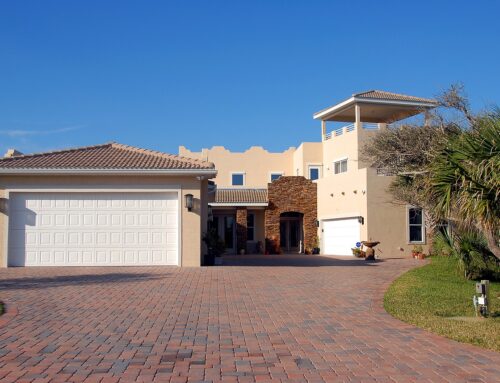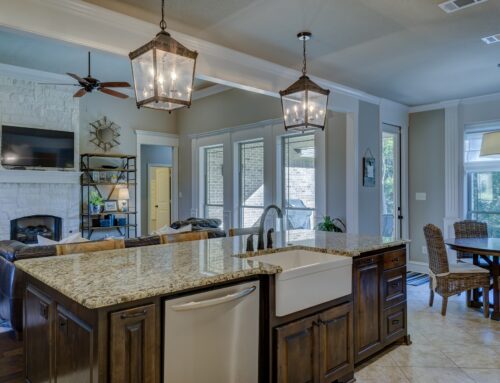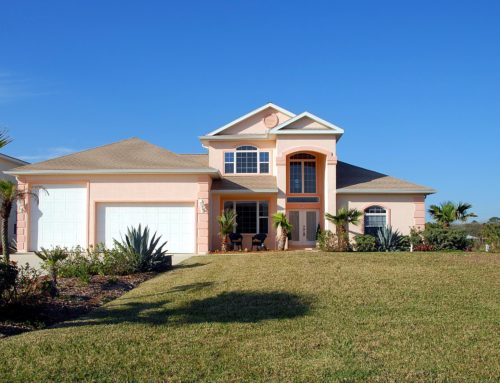4-point inspections are critical when purchasing an older home, usually when a home is older than 40 years old. These inspections allow insurance companies to gauge the house’s overall upkeep, determining if there are any lingering issues to be considered when developing an insurance quote. As a prospective home buyer, identifying your insurance options is an integral part of the process, so 4 point inspections should be completed before any significant decision is made.

The ‘4 Points’ of 4-Point Inspections
The name ‘4 Point Inspection’ refers to the four major components of a home that insurance companies want information about before providing coverage.
- Roof
- Plumbing System
- Heating and Cooling System
- Electrical System
These inspections are less thorough than an entire home inspection but provide valuable information to insurance companies. Before homes are considered for insurance, your prospective home must show non-failing results in those four major categories.
When inspecting the roof, the inspector will look at the building materials, roof age, and any apparent damage that the roof has sustained due to weather here in Florida. The type of roof material affects how old the roof can be before insurance companies become wary, with metal roofs having a longer timeframe rated as safe compared to shingles. Even if the roof is relatively new, damage or leaks can lead to the insurance company denying coverage.
The electrical system is inspected to determine the age and quality of the wiring and systems within the house. For insurance companies looking at risks, faulty wiring leading to house fires is near the top of the list. Old homes that have not had substantial electrical wiring renovations are more than likely harboring potentially dangerous wires. These issues should be addressed immediately for your family’s safety, not just for passing the inspection.
The plumbing system inspection mainly consists of an inspection of the current pipes, identifying the material, age, and existing leaks. Polybutylene pipes are the most cited reason for houses failing these plumbing inspections. These discontinued pipes are prone to failure, and most insurance companies do not insure a home for water damage if these pipes are present.
The heating and cooling system is the final part of the house that will be checked during your 4 point inspection. The age and quality of the units will factor into the determination, but the inspection is not necessarily looking at the efficiency of the system. For insurance purposes, any moderately new system that is not prone to leaks or failures, possibly leading to mold, will pass the inspection.
Failing Vs. Passing
If you are buying a new home, and the 4-point inspection does not qualify the house for insurance for most major insurance companies, the issues will need to be addressed before you can receive adequate coverage. If the home is prone to leaks and system failures, expecting an insurance company to pay the entire cost is not realistic or fair.
By fixing these issues, you can qualify your home for insurance coverage and save time and money down the line. 4 Point Inspections generally take a few hours at most and rarely cost more than $150. Contrasted with an entire home inspection, a 4-point inspection will mostly be a visual process to determine any major weak points of the house.
Once you pass your inspection, you are ready to find a new insurance policy. The experts at Anderson & Associate Insurance Group can work with you to ensure that you have the perfect coverage for your situation. Call today to review your homeowner’s policy and get the coverage and protection you need.









